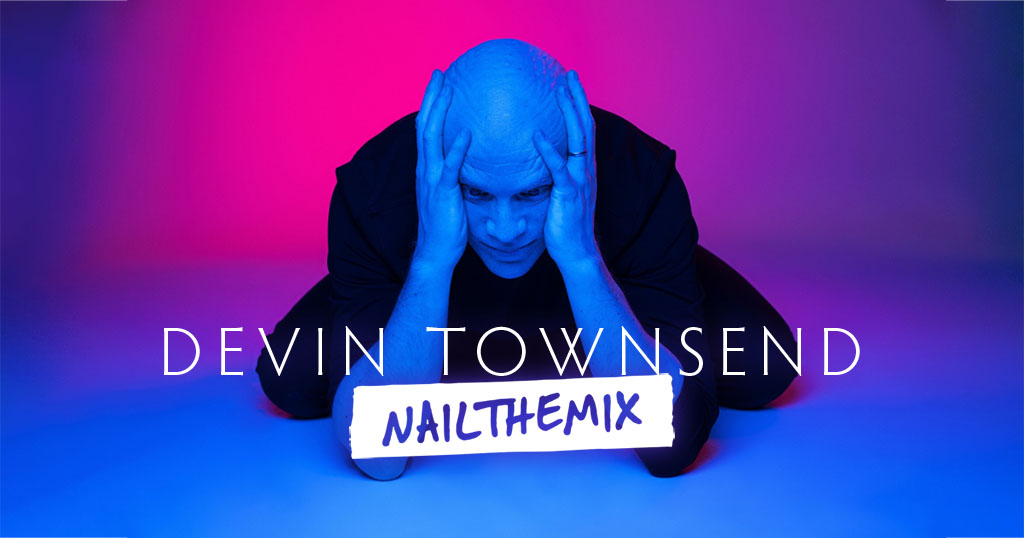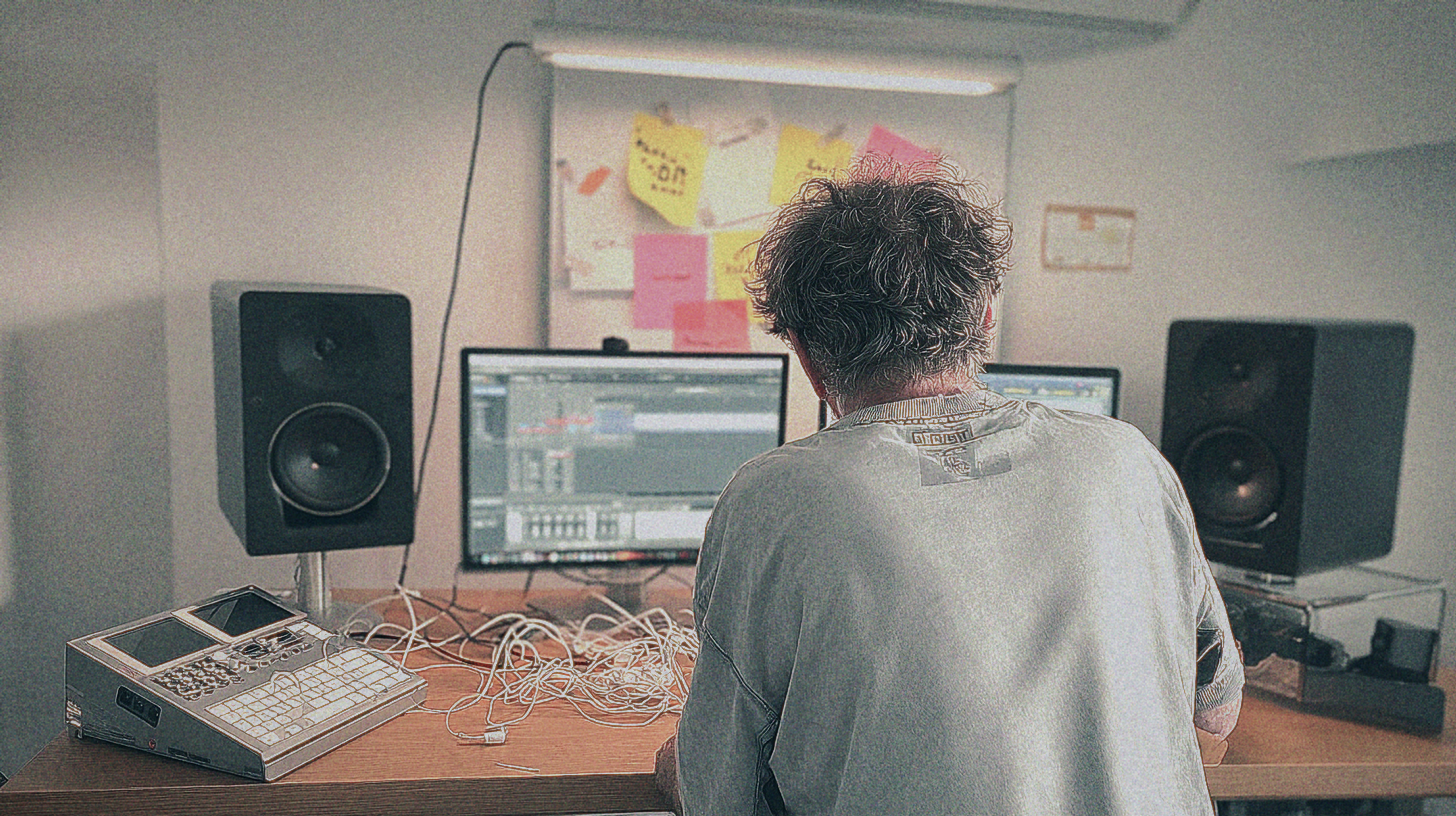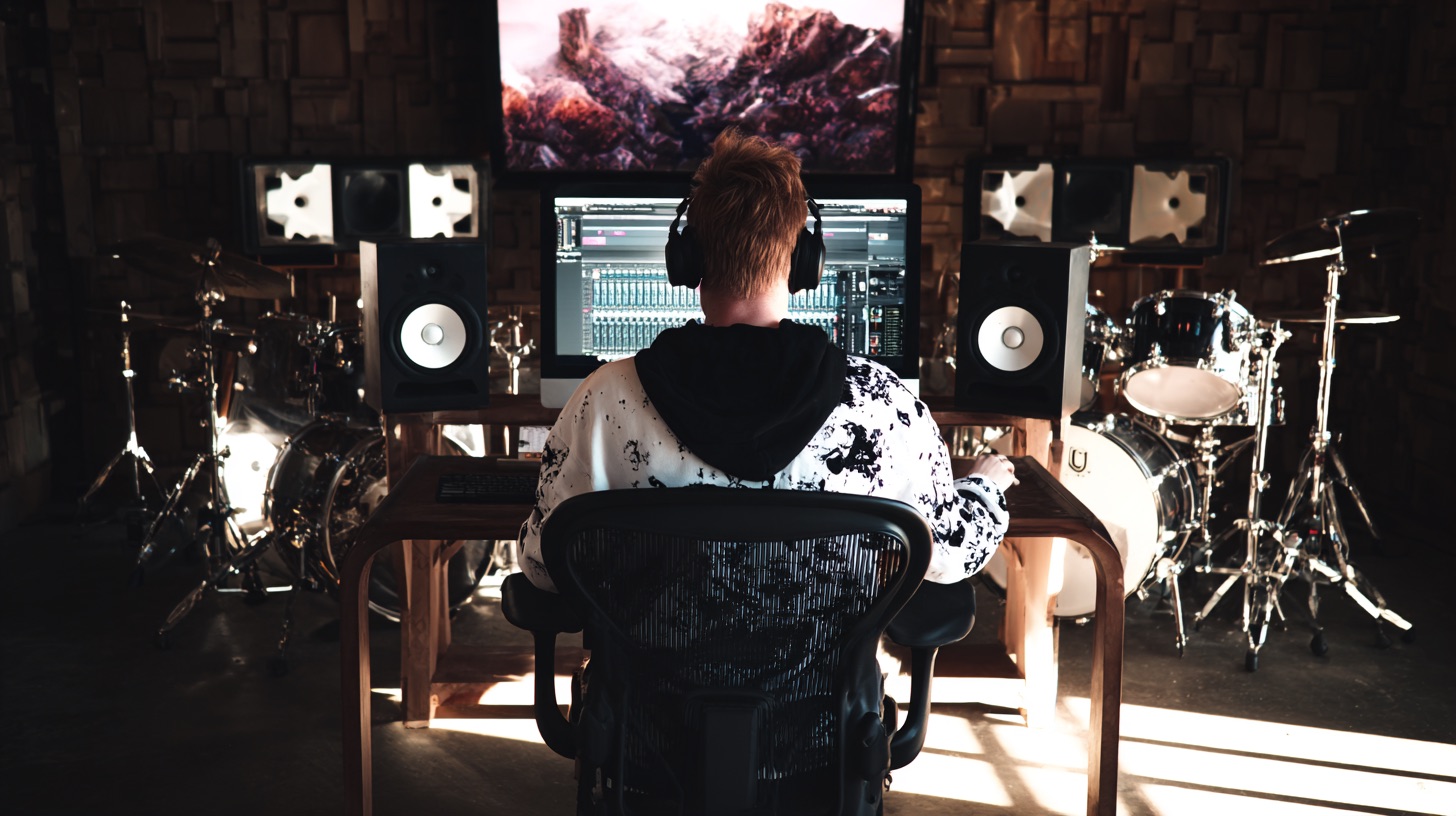
Devin Townsend’s Guide to Mixing an Orchestral Wall of Sound
Nail The Mix Staff
Let’s be real, Devin Townsend’s sound is a universe unto itself. It’s dense, layered, atmospheric, and crushingly heavy all at once. For any producer, the immediate question is: how do you even begin to mix a track with dozens of guitars, soaring orchestras, and a pummeling rhythm section without it turning into a chaotic mess of mud?
The answer, as we learned from the man himself, is to stop thinking like a traditional rock producer and start thinking like a classical composer. Devin’s out-of-the-box mix concept is all about orchestration. It’s a deep dive into creating space, layering textures, and making dozens of elements work together as one cohesive, massive entity.
Forget just slamming faders and compressors. Let’s break down some of the killer techniques Devin uses to build his signature wall of sound, which you can see in full detail in his Nail The Mix session.
The Orchestral Mindset: Mixing as Arrangement
The core of Devin’s philosophy is that mixing is simply an extension of the arrangement. While many of us are taught to make each instrument sound as badass as possible in solo, Devin argues that this can actually compromise the bigger picture. His goal is to serve the song by ensuring every single element has a specific frequency slot and a defined place in the overall dynamic landscape.
This orchestral approach follows a clear workflow:
- Big Moves First: Start with the foundational elements, like getting the low end of the mix right.
- Get Progressively Smaller: As more instruments come in, the moves become more detailed and surgical.
- Create a Spot for Everything: The end goal is a sonic puzzle where every piece fits perfectly.
It’s a different way of thinking that prioritizes the final, blended result over individually impressive sounds. This philosophy is what allows him to construct such complex tracks that still hit hard. Taking a step back to view the entire sonic picture is a powerful strategy taught by many of the world-class producers on Nail The Mix.
Building the Guitar Tone: The GP-100 “Misty” Layer
Here’s where things get really unique. A key part of Devin’s guitar sound since the Ocean Machine days has been a very specific, idiosyncratic texture layered on top of his main heavy tones.
The Idiosyncratic Texture of the Roland GP-100
Devin uses an old Roland GP-100 processor to create what he calls a “weird misty thing” on top of his guitars. This isn’t a primary rhythm tone; it’s a textural layer that provides a unique depth and atmospheric quality that is instantly recognizable as his. It’s a perfect example of using unconventional gear to create a signature sound.
How It Fits in the Mix
The genius of this technique lies in how it’s integrated. The GP-100 patch is naturally very rich in the 3kHz to 6kHz frequency range. Instead of fighting this, Devin embraces it. He then uses EQ to strategically duck that same 3-6kHz range in his main heavy guitar tracks.
This creates a perfect, custom-carved pocket for the GP-100 to sit in. The two layers work symbiotically, adding depth and that misty character without creating a harsh, cluttered high-mid mess. It’s one of the most effective EQ strategies for mixing modern metal we’ve ever seen.
Finding and Fixing Problems in the Wall of Sound
With so much going on, how do you identify problems? Devin employs a few key methods to maintain clarity and cohesion.
Loop and Listen: Identifying What “Breaks the Fourth Wall”
For particularly complicated sections, Devin will loop them over and over. He’s not just listening for the vibe; he’s actively hunting for anything that “breaks the fourth wall”—any element that pokes out and draws unwanted attention. This could be the audible effect of a compressor, a single harsh frequency, or a guitar that’s jumping out too much. The goal is to make all the processing feel subtle and natural, serving the song rather than screaming for attention.
Surgical EQ for a Cohesive Sound
While he starts with broad EQ moves, the final stage is all about surgical precision. As the mix comes together, if a specific frequency consistently sounds out of place or harsh within the “wall of sound,” he knows it needs to be tamed.
For example, he’ll identify a problem area, say around 1.5kHz, and use a very narrow Q on his EQ to notch it out. This isn’t about just scooping mids; it’s a reactive, surgical move that cleans up the entire soundscape without gutting the power of the instruments.
The Power of a Mono Check
Here’s a pro tip for the ages: Devin listens to his mix in mono for an entire day. Why? Because if an instrument or layer disappears when the mix is collapsed to mono, it means it doesn’t have its own space in the frequency spectrum. This is a clear signal that he needs to go back and use EQ to carve out a dedicated spot for that element so it can be heard.
Adding Punch with Automation and Samples
Devin’s approach to dynamics is just as hands-on and musical as his approach to tone.
Hands-On Kick Drum Automation
Instead of just relying on a compressor to even out the kick drum, Devin gets his hands dirty with automation. Using a controller like an Artist Mix, he’ll manually ride the fader on specific kick hits he wants to accent, like a powerful double-kick pattern leading into a chorus. He’ll even automate the level of the sub-kick independently to give specific notes more low-end impact. It’s a performance-based approach that adds human feel and incredible power.
The “Armory Snare” for Epic Climaxes
For the most climactic moments of a song, Devin layers in a specific sample: the “Armory Snare.” He reserves this super powerful, impactful snare sound for the grand finales. This allows him to maintain a more controlled, fitting snare sound for the bulk of the track, then bring in the heavy artillery at the end for maximum effect. This kind of thoughtful layering is what separates a good mix from a great one.
His use of master bus compression is also surprisingly minimal, viewing it more as a final “glue” to ensure the mix feels cohesive, rather than a primary tool for creating loudness.

100+ Insanely Detailed Mixing Tutorials
We leave absolutely nothing out, showing you every single step
Put Devin Townsend’s Philosophy Into Practice
So, to mix like Devin Townsend, you need to think like an orchestrator, embrace unique textural layers like the GP-100, get surgical with your EQ based on careful listening, and perform your dynamics with automation.
Genesis on Nail The Mix
Devin Townsend mixes "Genesis"
Get the Session
These are just a few of the groundbreaking techniques he employs. Imagine being able to watch him build an entire mix from scratch, explaining every plugin, fader move, and creative decision along the way. That’s exactly what you get with Nail The Mix. In his exclusive mixing session, you can see Devin Townsend break down his entire process on his track “Lightworker.”
If you’re ready to move past generic tips and learn how to build your own signature sound, our guide on Mixing Modern Metal Beyond Presets is the perfect place to start.
Want to try these techniques yourself? Grab Devin Townsend’s multitracks and see if you can build your own orchestral wall of sound.
Get a new set of multi-tracks every month from a world-class artist, a livestream with the producer who mixed it, 100+ tutorials, our exclusive plugins and more
Get Started for $1





